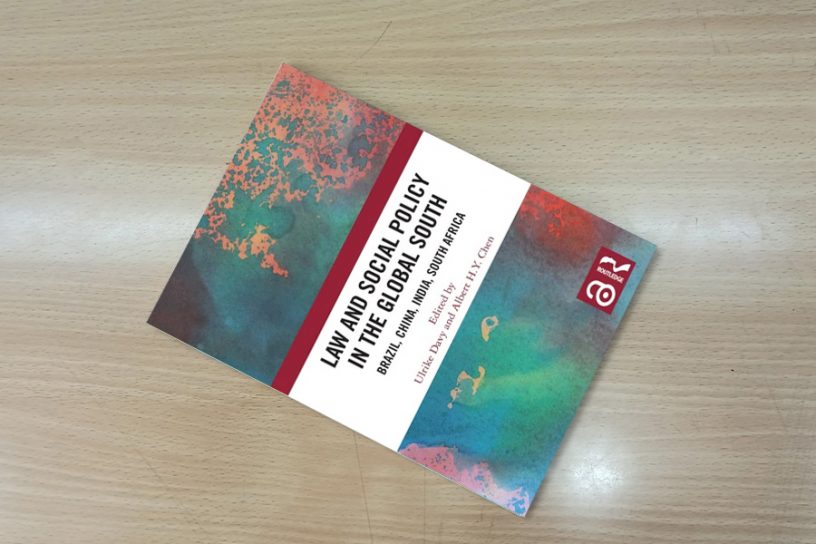
This chapter looks at the social policy of the colonial British rulers, the reaction of nationalist leaders to such policies, and the values and goals behind the nationalist vision of social policy.
Author
Sarbani Sen, Professor, Jindal Global Law School, O.P. Jindal Global University, Sonipat, Haryana, India.
Summary
This chapter reviews the development of a social welfare regime in India based on social insurance and tax-financed benefits through the lens of constitutional and legal norms. In doing so, the chapter examines significant time periods identified by the distinctive ideas and values arising from the political and economic context behind the articulation of social policy during those periods. The chapter looks at the social policy of the colonial British rulers, the reaction of nationalist leaders to such policies, and the values and goals behind the nationalist vision of social policy. The vision culminated in the drafting of the Indian Constitution, especially Part IV (the Directive Principles) and the equality provisions.
The chapter goes on to examine the periods of the 1950s and 1960s (the Nehruvian era) and the 1970s and 1980s (Indira Gandhi’s era) by focusing on social policies embodied in statutes and regulations aimed to secure certain social insurance benefits to industrial labour, significant constitutional amendments to give effect to the Directive Principles, the development of ‘special care’ provisions in the constitution, and the case law of the Supreme Court of India creating enforceable social and economic rights.
Finally, the chapter studies the period since the 1990s and the emergence of a state-sponsored and tax-financed social welfare regime in the context of a neo-liberal approach to economic development covering areas of food security, a guarantee of work, health insurance and access to health care, the extension of social security schemes to unorganized workers, and near universal social insurance and social assistance benefits.
Published in: Law and Social Policy in the Global South: Brazil, China, India, South Africa
To read the full article, please click here.


